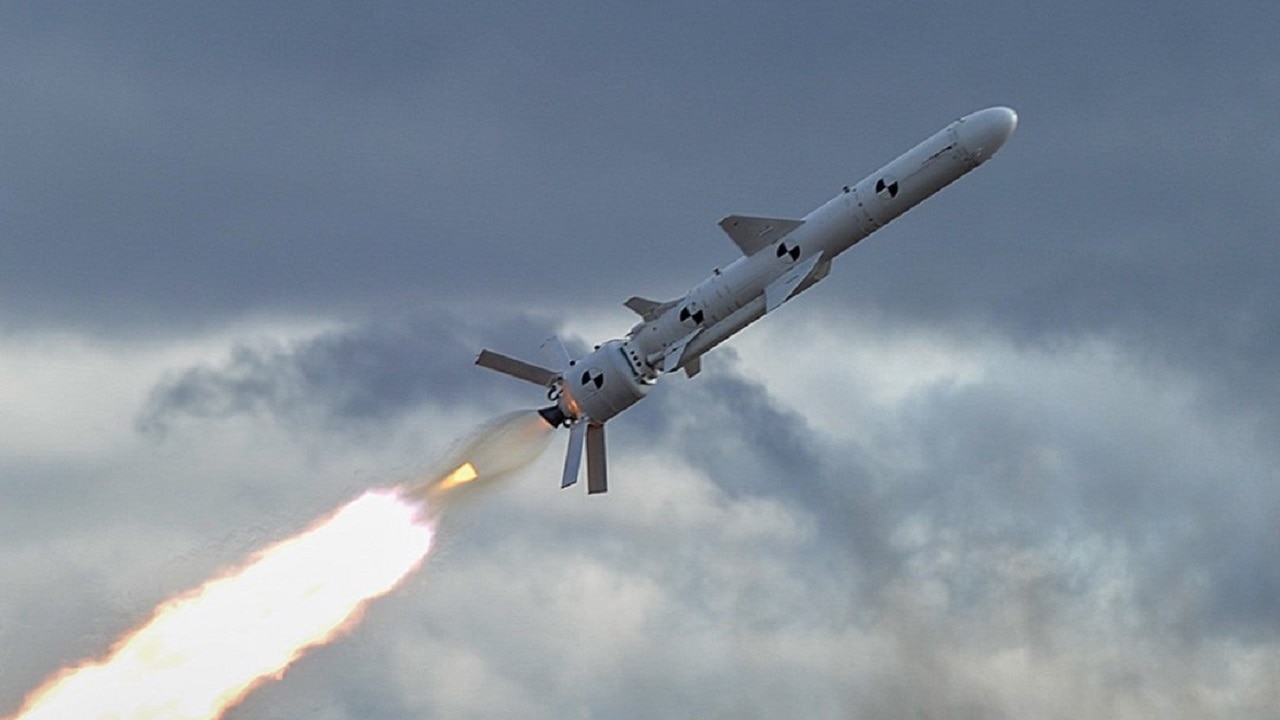The origins of the Ukrainian Naval Forces can be traced back to the Zaporizhian Sich Cossacks, who in the early 17th century frequently raided Ottoman settlements on the Black Sea coast. The Cossacks employed small vessels called chaikas, which were similar in design to Viking longships.
Though technologically inferior to the larger warships of the Ottomans, the Cossacks were still able to use the small craft to great success. The boats sat low in the water, which made them hard to hit with cannons, while the Cossacks were typically armed with short muskets – which allowed them to kill an enemy vessel’s crew and take over the ship rather than sink it. The boats and fighting style were a true example of an asymmetric fighting force.
In 1614, the Cossacks mounted a raid on the port of Trabzon, and a year later mounted a raid against the capital of Constantinople (Istanbul), which caused considerable damage to several suburbs. The Ottomans responded by sending a fleet into the Black Sea, but it was defeated by the Cossacks. The Zaporizhian Sich Cossacks continued to prowl the Black Sea. It then launched an even bolder raid on the Ottoman capital in 1625, and it forced the Sultan to temporarily flee the city.
Enter the 40 Defiant Boats
Though Ukraine’s modern navy is unlikely to attempt anything nearly as bold as raiding a city, it is once again employing small but fast-moving boats in the Black Sea. According to Naval News, six U.S. Navy “Defiant” patrol boats have been supplied to bolster Kyiv’s ability to continue the fight.
The 40-foot (12.2 meters) long ’40 Defiant’ – built by Metal Shark in Franklin, Louisiana, and known as the 40 PB – were selected by the U.S. Navy in 2017 to replace the existing Coastal Riverine Force (CRF) boats. The vessels are powered by two Cummins QSB 6.7 diesel engines, driving twin water jets, which enable them to reach speeds of up to 40 knots. The welded aluminum monohull of the boats is equipped with ballistic protection to increase combat survivability.
In U.S. Navy service, the 40 PB can be equipped with remote-operated weapons stations, while Naval News reported that in Ukrainian service they could employ crew-operated weapons – including twin M2 .50 caliber Browning heavy machine guns, an Mk.19 automatic grenade launcher, and an M240 7.56mm medium machine gun. Each of these weapons could be rapidly switched to other pedestal-mounted systems.
Ukrainian Naval Force Resurgence Begins
At the start of the war, the Ukrainian Naval Forces were already in a sorry state due to a lack of financing and neglect. By 2009, only the flagship frigate Hetman Sahaydachniy, originally built to be a Soviet Border Guards ship, was capable of long-endurance missions.
In 2010, joint exercises between the Ukrainian Naval Forces and the Russian Black Sea Fleet resumed joint exercises after a seven-year interval. In addition, some 12,000 of Ukraine’s 15,450 Navy personnel and most of the fleet were stationed in Crimea.
The Ukrainian Naval Forces retained close ties with the Black Sea Fleet – until March 24, 2014, when at least a dozen of Ukraine’s 17 ships in Sevastopol were seized by Russia during its annexation of Crimea. A number of Ukrainian Navy servicemen also defected to Russia. Among those were members of the upper echelon of command of the Ukrainian Navy – for which Kyiv called their actions treasonous.
In the aftermath of Russia’s annexation, the Ukraine Navy relocated its main operational base to its Western Naval Base in Odesa.
The fleet consisted of 11, mostly small operational ships, and its flagship frigate. The fleet came under attack following the 2022 Russian invasion of Ukraine that began on March 4. The frigate Hetman Sahaydachniy was scuttled in the port of Mykolaiv to prevent its capture by Russian forces, while the patrol boat Slavyansk was sunk by an anti-ship missile of Russian naval aviation. Several other vessels, including two Gyurza-M-class artillery boats, were captured by Russia.
Only a few gunboats, patrol vessels, and a single coast guard boat remain active.
These aren’t a match for the more powerful Russian Navy’s Black Sea Fleet, yet, Ukraine was able to score a number of victories including sinking the guided-missile cruiser Moskva with the locally-developed Neptune anti-ship missiles.
Though Ukraine still doesn’t have the vessels powerful enough to engage the Russia Navy yet, it could have the warships that could still be used to conduct raids and keep the Kremlin on edge in the Black Sea – just as the Zaporizhian Sich Cossacks were able to do to the Ottomans five centuries ago.
A Senior Editor for 1945, Peter Suciu is a Michigan-based writer. He has contributed to more than four dozen magazines, newspapers, and websites with over 3,000 published pieces over a twenty-year career in journalism. He regularly writes about military hardware, firearms history, cybersecurity, and international affairs. Peter is also a Contributing Writer for Forbes. You can follow him on Twitter: @PeterSuciu.

